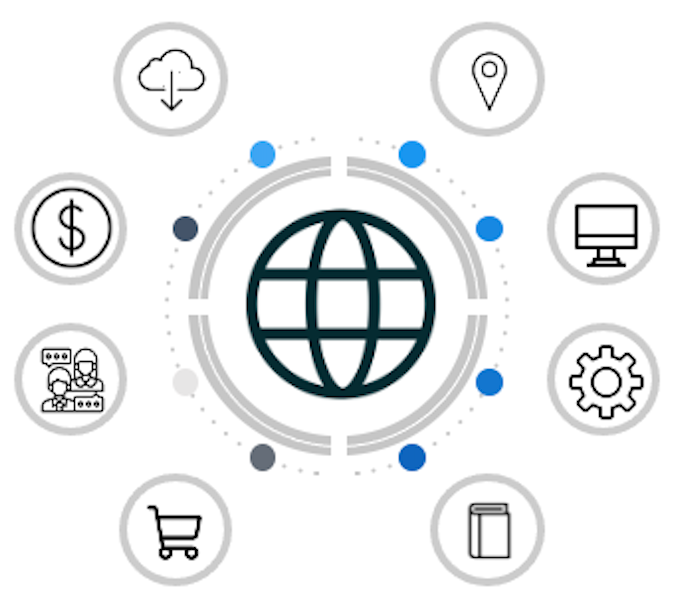Using Technology
Technology remains a vital player in the sourcing, negotiation, and procurement of materials and services.
The Internet and Purchasing
The internet has made it possible for businesses to simplify operations, reduce costs, and connect with suppliers from around the world through online purchasing.
Using the internet for purchasing and procurement is now mainstream for many companies who have enjoyed the following benefits:
1. Increased market supply and demand visibility. Internet-enabled marketplaces provide customers with an ever-widening range of choices, an exchange point that enables the efficient matching of buyers and product/service mixes, and a larger market for suppliers.
2. Price benefits from increased competition. Online buying and use of auctions can be employed to increase price competition, resulting in dramatically lower prices.
3. Increased operational efficiencies. Internet-enabled applications have the capability to increase the automation and efficiency of procurement processes through decreased cycle times for supplier sourcing, order processing and management, review and follow up, and selling functions.
4. Enhanced customer management. Internet-enabled marketplaces assist marketers to accumulate and utilize analytical tools that more sharply define customer segmentation and develop new product and service value packages that deepen and make more visible customer sales campaigns.
5. Improved supply chain collaboration. Today’s Internet-enabled applications provide buyers and sellers with the ability to structure enhanced avenues for collaboration for product life cycle management, marketing campaigns, cross-channel demand and supply planning, and logistics support.
6. Synchronized supply chain networks. Internet-enabled markets drive the real-time interoperability of functions anywhere in the supply network that focus on merging information and executing optimal choices. This provides supply partners with the capability to integrate and synchronize their strategic and operation objectives. Among these goals are shorter cycle times for new product development and delivery, increased inventory turnover, lower WIP inventories, low-cost logistics, and others.

